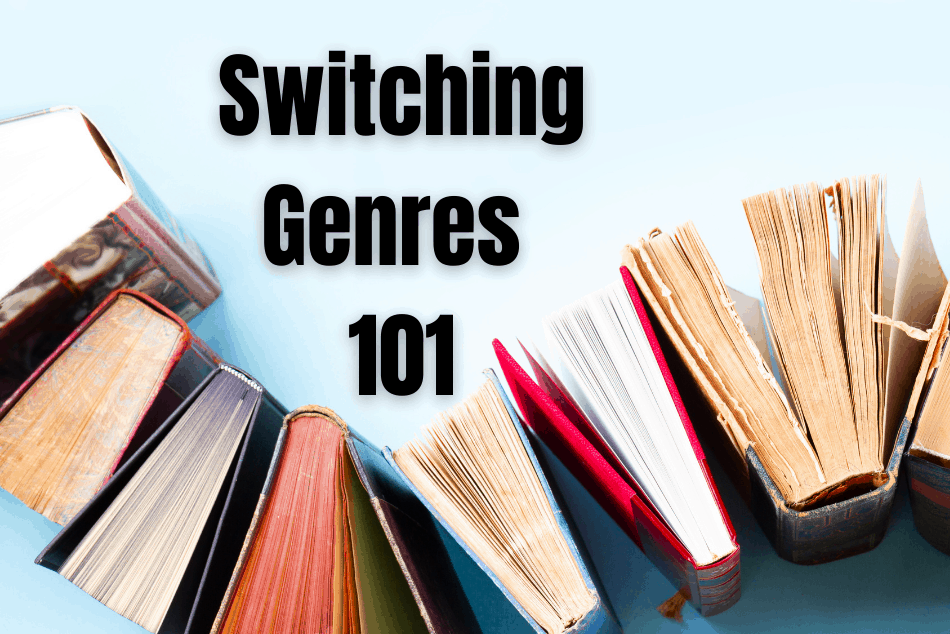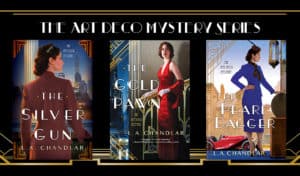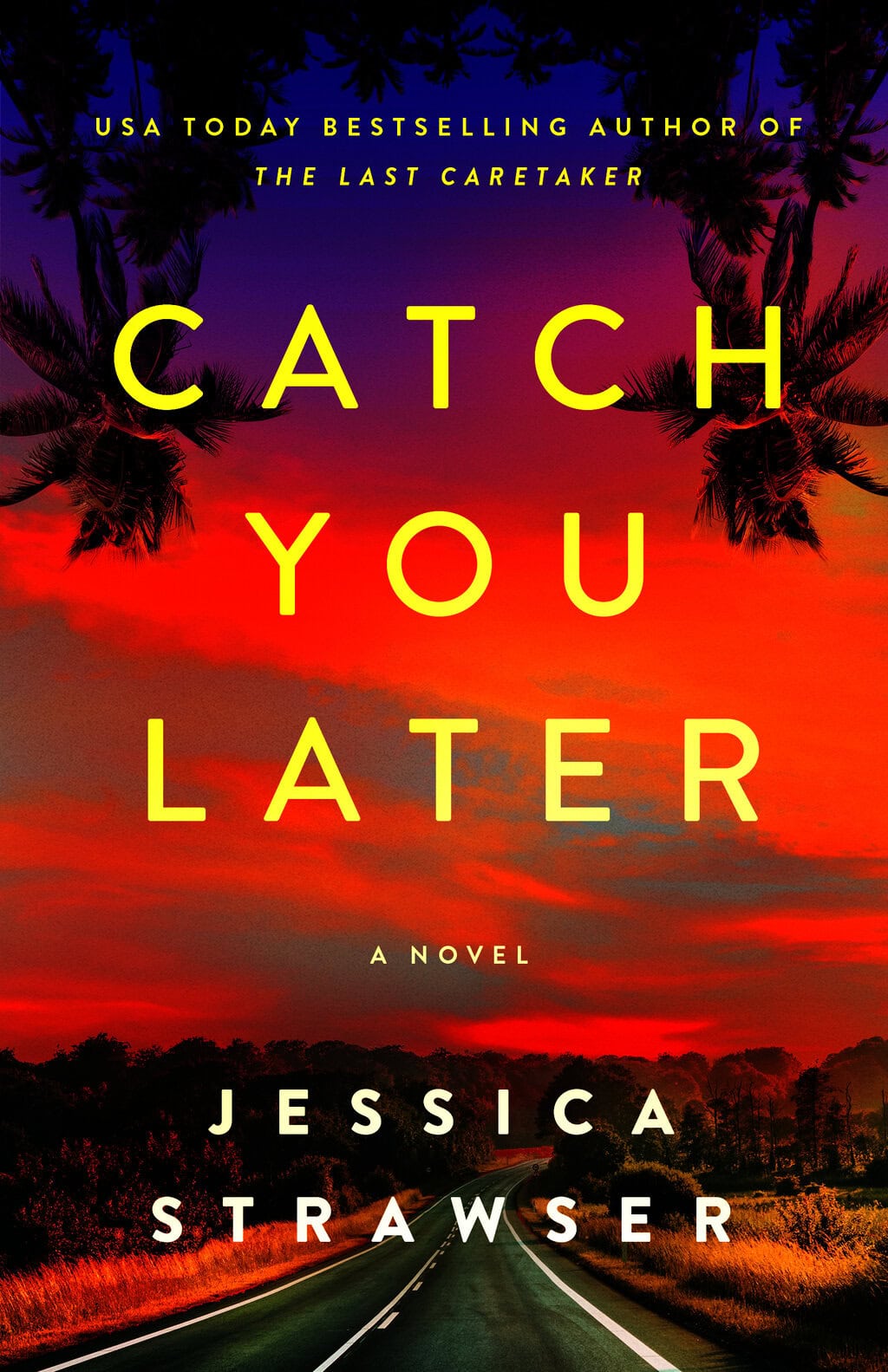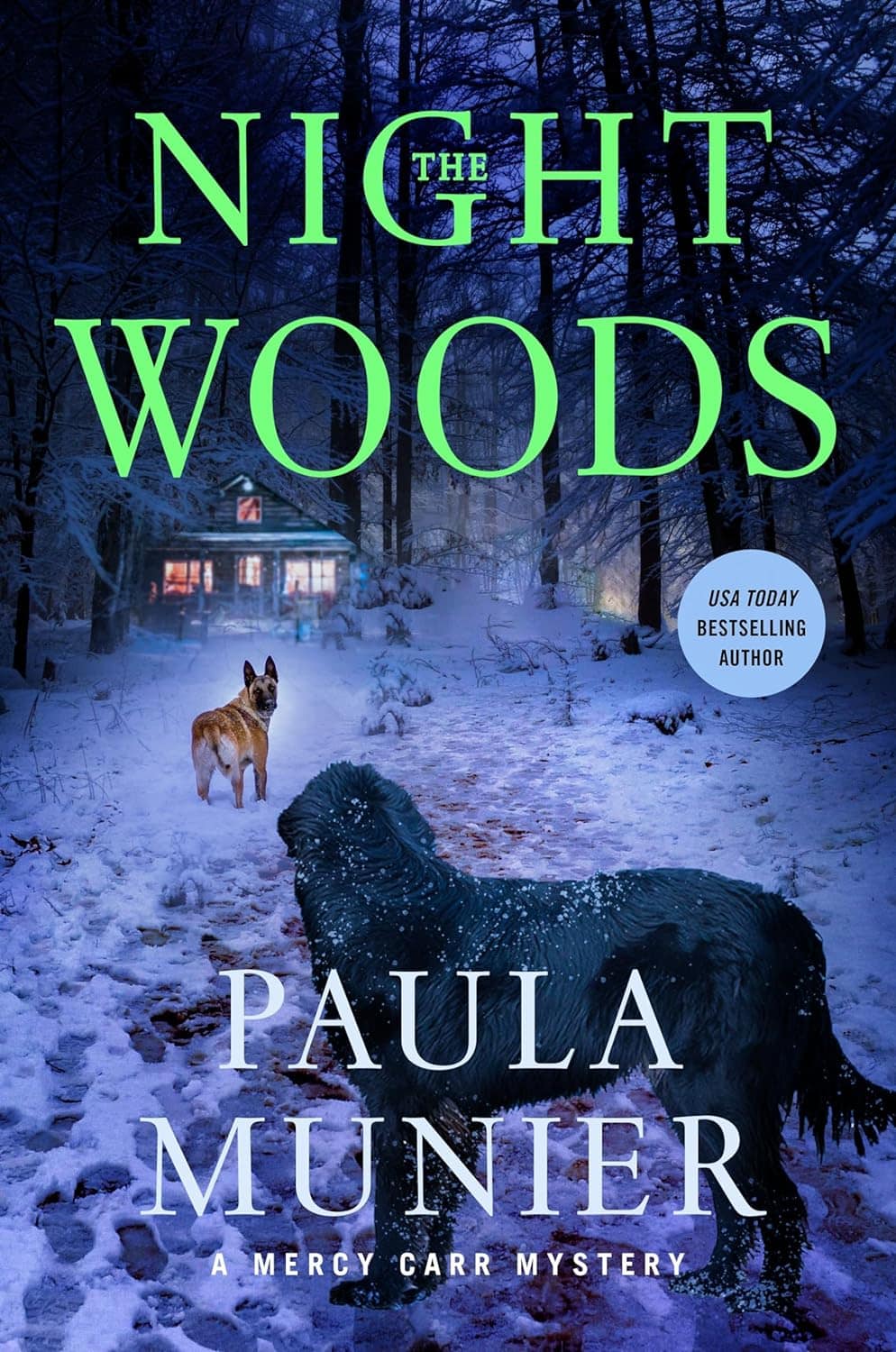“To improve is to change, so to be perfect is to have changed often.”
—Winston Churchill
If you’re in this writing game for the long haul—to be a career author—you need to adapt as the times, readers’ tastes, the marketplace, and your own writerly desires and ambitions change. I began my career as a novelist writing the Art Deco mysteries, a well-received series set in Depression Era New York City. But then I got an idea for a contemporary thriller—and it wouldn’t let me go. As I transition from one genre to another, I’ve taken Churchill’s advice to heart—and learned some critical lessons along the way.
Read widely in your new genre.
My greatest advice to any writer, whether you’re switching genres or becoming better at the craft, is to reread favorite books to study how they made things seamless. I buy a paperback and use it as a study tool. (For those with sensitivities to book harm, look away! I underline, fold corners, and use sticky note tabs. Gasp. It’s okay, in this case it’s a textbook, so don’t worry, the book is just fulfilling its new destiny.)
Adjust the way you research.
When writing my Art Deco series, most of my research was designed to help me maintain historical accuracy. That’s where I spent a lot of time in my prior writing. But researching a contemporary story turned out to be more about researching the ways in which other authors crafted their thrillers.
Compare and contrast the two genres.
In my case, I was switching from historical mysteries to thrillers. Both genres may fall under the crime fiction umbrella, but they provide very different kinds of reading experiences. With a mystery, you are writing about the solution to a crime. The question is who did it? The clues have to make sense and have to be accessible to your readers so they can try to solve it on their own. You want to surprise readers, but you can’t go pulling a rabbit out of a hat—if you do, they’re bound to feel cheated. With a thriller, readers get caught up in the dilemma facing your characters. They’re trying to figure out right along with your characters what is going to happen next and how your protagonist will stop it.
Consider other points of view.
I wrote my Art Deco series in first-person, the single point of view of my heroine, which suited those stories perfectly. But in writing my thriller, I decided to use multiple third-person points of view. Learning to juggle more than one point of view did force me to change my approach.
Even with multiple points of view, you need to still have a main character to drive the action and who readers will root for. I recalled other books that I’d read in the thriller category that I did not finish and realized it was always because I found it too much work to figure out: Who is this? What happened? As a writer, I knew that making sure readers knew whose point of view they were reading at all times was important. I could clue readers in by using certain techniques—such as quite literally naming the character in dialogue or description, placing them in a setting always associated with that character, or calling out a certain mannerism or habit particular to that character.
Go from one timeline to two timelines.
In my thriller, I’m using two timelines. I love reading complex books, but as a writer I know they can be hard to pull off. But there are ways to facilitate multiple timelines. As with multiple POVs, you can place markers of that time period right up front. The clothing, the vehicles, the buildings can all clearly evoke a certain time frame.
Another major help is giving readers a connection point from the end of one chapter to the beginning of the next. Think of it as an anchor linking the chapters, the characters, and the time. If you end the chapter talking about a river —even just mentioning it— the next chapter might begin at the river or with its scent or the colors of the trees along the river bank….
Find the right voice.
One of the biggest questions for me personally was voice. I’d found the right voice with which to tell my Art Deco mysteries. But that voice would not suit a contemporary thriller. I had to find that right voice—a darker 21st century voice—and still make it genuinely “me.” That required a bit of experimentation, a bit of digging into other aspects of myself.
Go for it.
I loved writing my Art Deco mysteries, but it’s been exciting to try my hand at something new, something a little darker, with a different feel in action and suspense, with characters that I love, and love to hate. If you’re switching genres, remember to have fun. Whatever is next, the goal is to keep growing, learning, and changing.

L.A. Chandlar is the award winning author of the ART DECO MYSTERY SERIES and has been nominated for the Agatha, Lefty, Macavity and Anthony Awards. Laurie has been living and writing in New York City for 20 years. She has been speaking for a wide variety of audiences for over 25 years and is on the Sisters in Crime National Speakers Bureau. Laurie has also worked in PR for General Motors, is the mother of two boys, and has toured the nation managing a rock band. She loves coffee and wine; and hates thwarted love and raisins.






